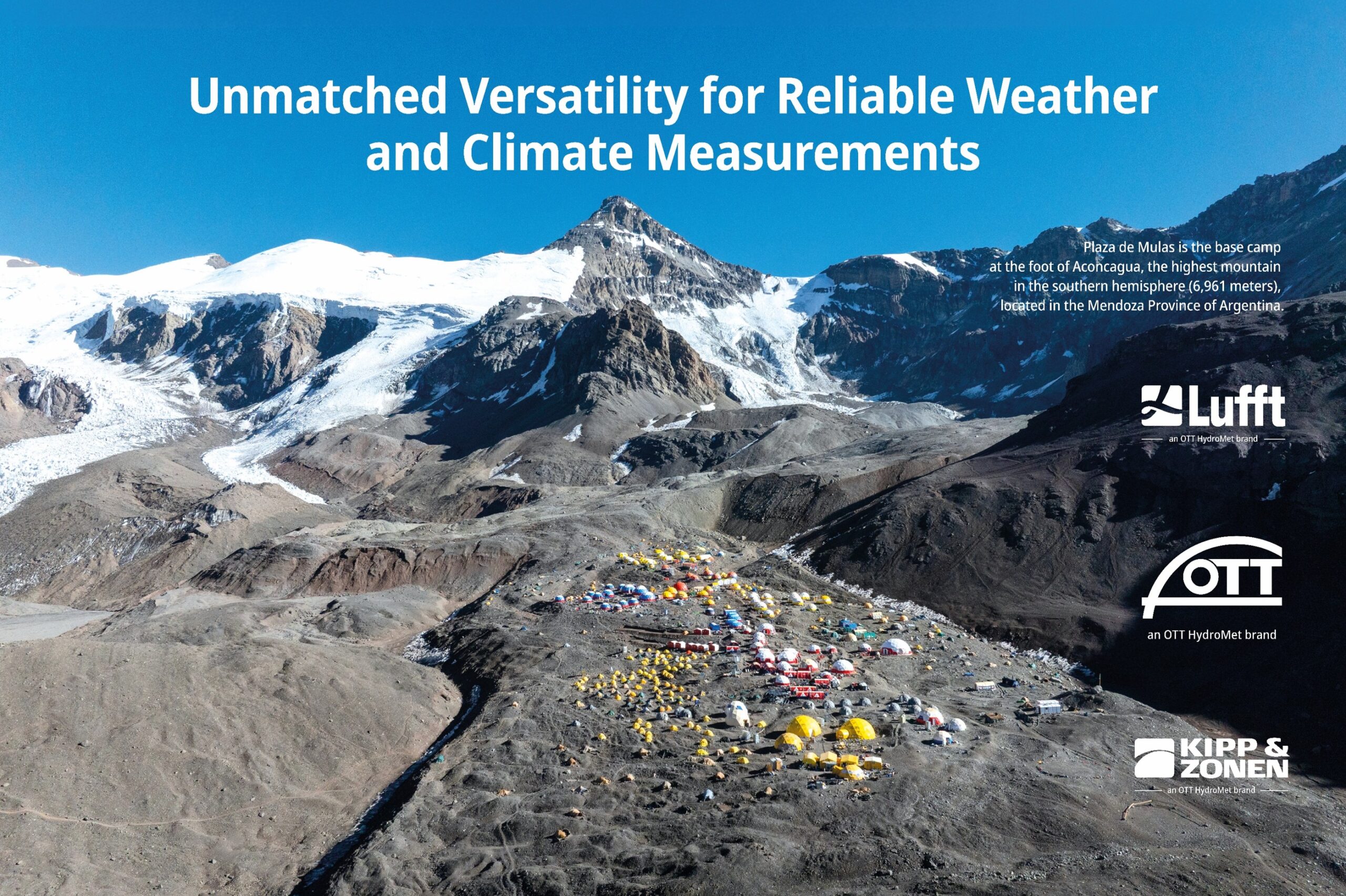2020 will bring a new year and with it, new trends within the water quantity industry for monitoring rivers, lakes, reservoirs, and more.
Our OTT HydroMet experts compiled this latest guide with best practices designed to keep you up to date for next year, with information on:
- What the latest sensing technology will be
- How we expect non-contact sensors, some utilizing impulse radar technology, and IP cameras to continue rising in popularity.
- What the cutting-edge of datalogging and telemetry will look like
- How remote station configuration is revolutionizing the nature of modern site visits.
- Checklist on how to reduce your equipment’s total cost of ownership
- Highlighting the hidden costs of a network, beyond equipment costs, installation, and maintenance.
- Top resources to keep up with the latest industry news
- Comprehensive guides and websites with up-to-date hydrological monitoring information.
Learn how to prepare for hydrological monitoring in 2020 by viewing our new guide today:



